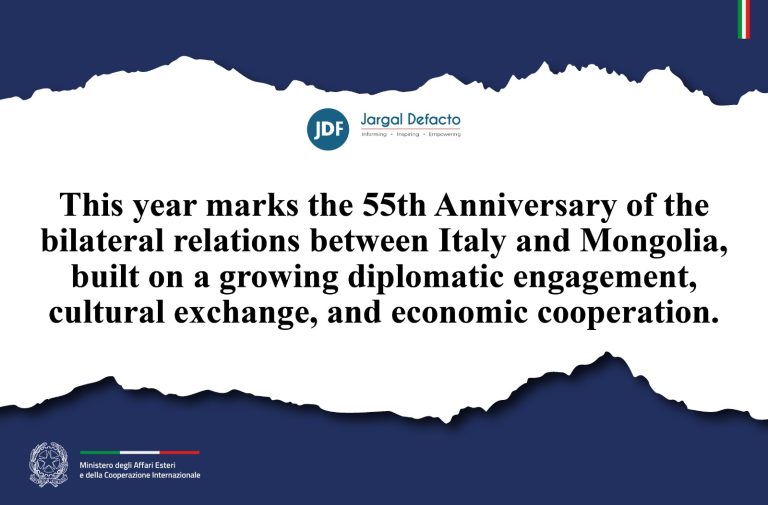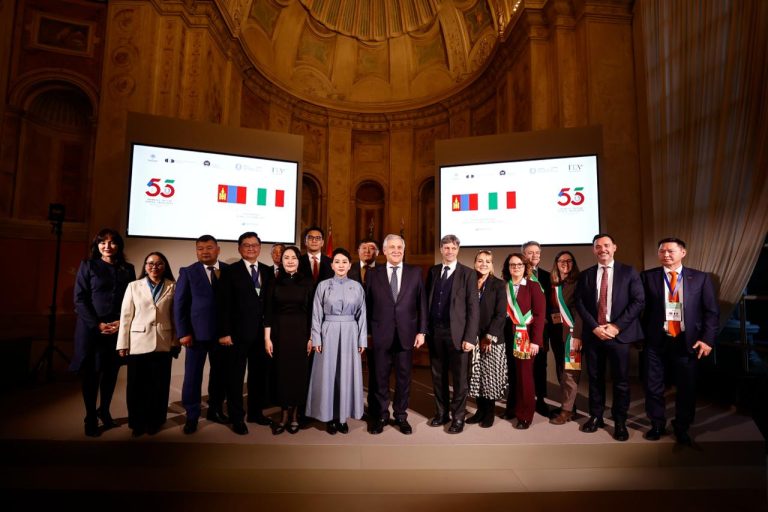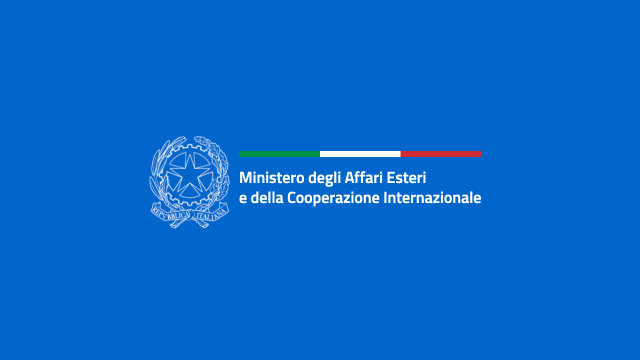The Philippines closed 2014 with GDP growth estimated at 5.1%, and with an estimated yearly average of 6.2% for the period from 2015 through 2019. The spread of urbanisation was also steady, strongly stimulating demand in the construction and transport sectors. Rising consumption was fuelled by growth in employment—which nevertheless remains insufficient—and by the enormous influx of remittances from workers abroad, who contribute approximately 10% to overall GDP.
On the investments front, it appears that reconstruction demand subsequent to recent natural disasters should maintain expenditures, at least for the first part of the forecast period, as demand more strictly associated with a rapidly developing Business Process Outsourcing (BPO) remains robust. Government investment, however, continues to be notoriously insufficient, with a public spending budget to GDP ratio among the lowest in Asia at 16.6% of GDP in 2014 compared with a 27.2%.regional average.
But the overall panorama definitely remains positive, with private and public consumption on the upswing, accompanied also by improvements in external demand linked with recovery in the United States (among the Philippines’ main importers).
One encouraging piece of news is the Foreign Banking Bill, approved by the Senate last June and that amended a 20-year-old foreign banking law. The new bill, introduced in view of the ASEAN economic integration envisaged for this year, abolishes previous limits, allowing 100% foreign ownership of national banks, and also grants the branches of foreign banks operating on Philippines soil the same privileges as national banks. As regards relations with Italy, the value of overall trade in recent years remained nearly unaltered (at around 600 million euro total), despite a slight upward trend and a growing trade surplus for us.
Our main export sectors remain machinery and chemical and agri-industrial products, but there are signs of our business sector’s penetration of other key sectors.
Source: infoMercatiEsteri







